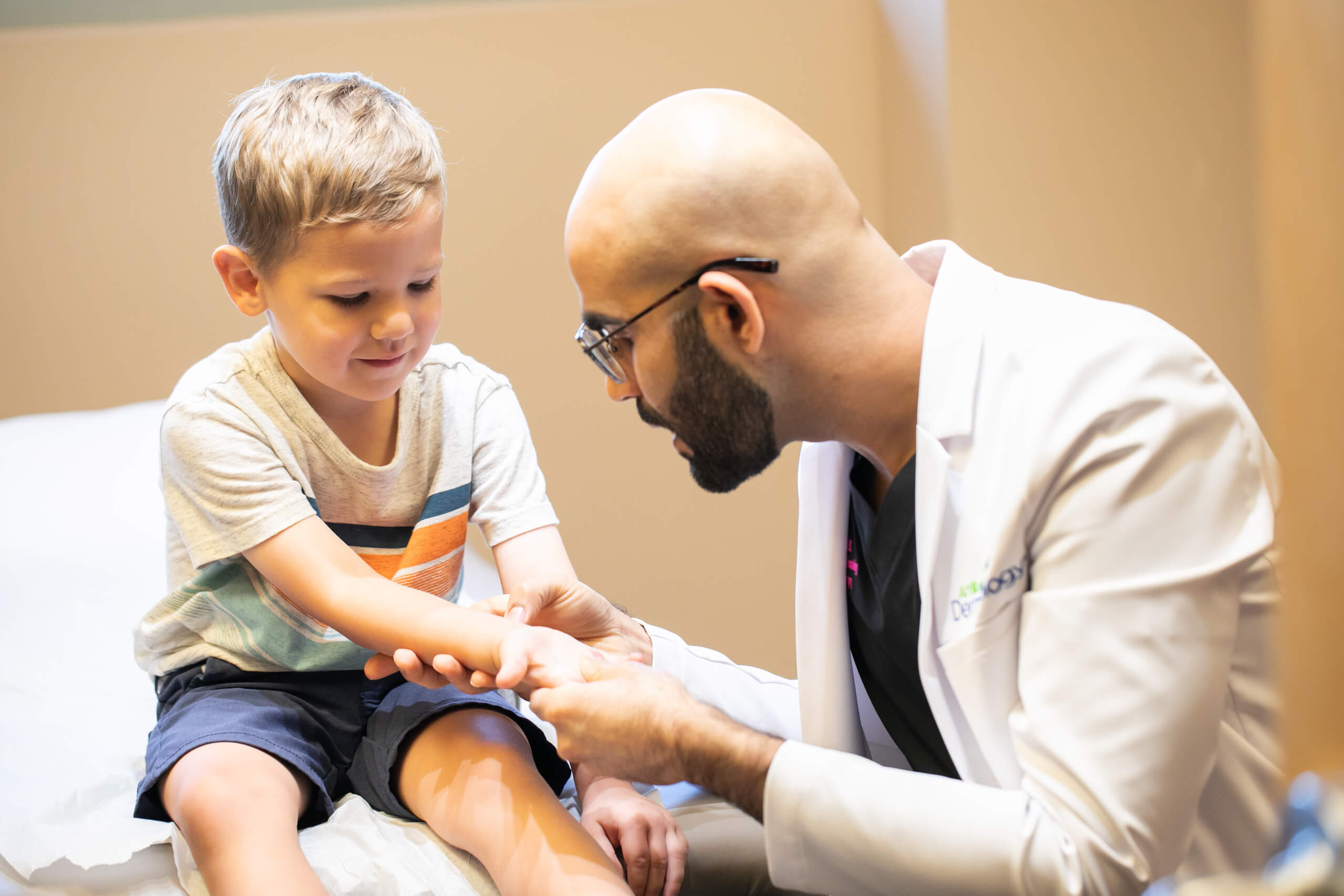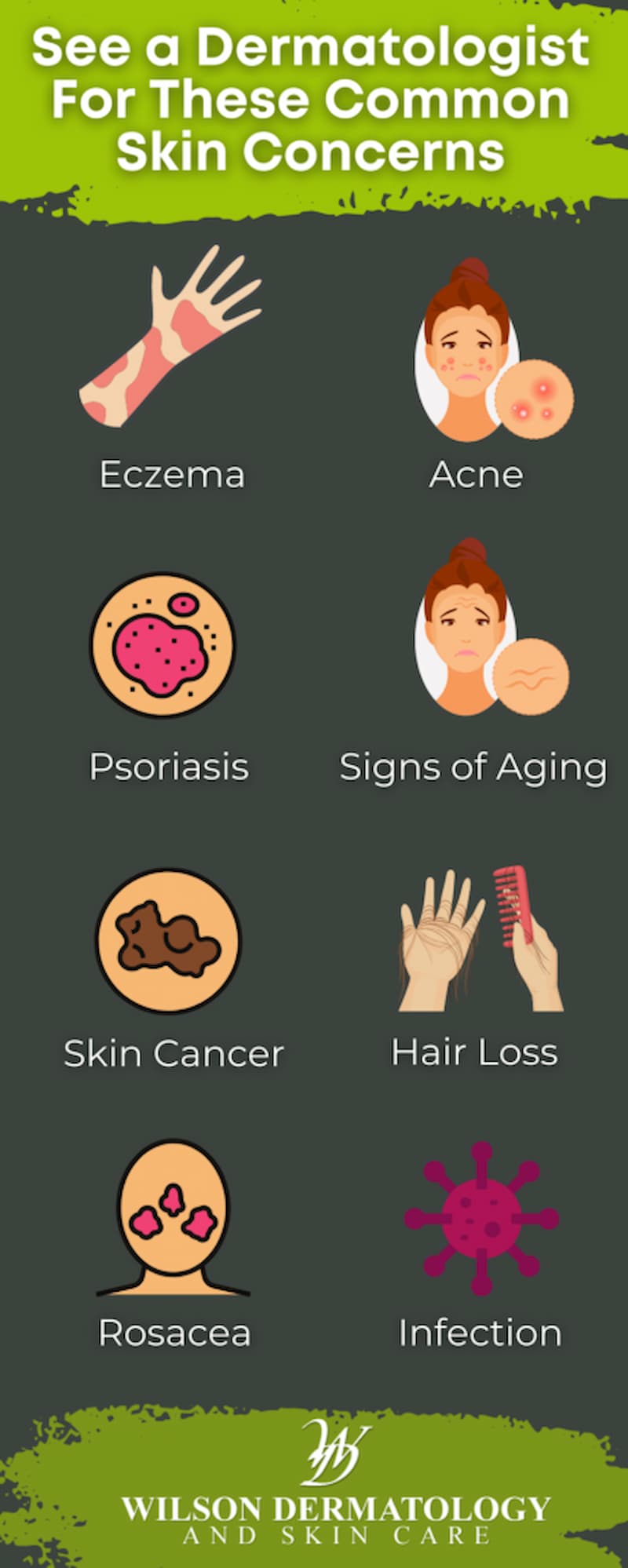Protect yourself from skin cancer risks and prevention methods.
Protect yourself from skin cancer risks and prevention methods.
Blog Article
Understanding the Role of Mohs Surgical Procedure in Treating Skin Cancer: A Comprehensive Guide to Dermatology
As skin cancer continues to be a pervasive health and wellness concern around the world, innovative treatment techniques like Mohs surgery are obtaining prominence in dermatology - mohs surgery. This surgical technique's precision and high cure prices make it a standout in treating certain kinds of skin cancer cells, especially basic cell and squamous cell carcinomas. The complying with discussion will provide an in-depth understanding of Mohs surgery, its procedure, and the duty it plays in skin cancer cells therapy, inviting the readers to explore its advantages and post-operative treatment
What Is Skin Cancer: Kinds and Frequency

Unveiling Mohs Surgical Procedure: A Comprehensive Introduction
Provided the worrying increase in skin cancer cases, particularly cancer malignancy, the clinical neighborhood has developed various approaches to combat this condition. One such method is Mohs surgical procedure, named after Frederic E (skin cancer). Mohs, the medical professional that introduced it. This surgical method is designed to remove skin cancer layer by layer, checking out each layer for cancer cells up until just cancer-free tissue remains. Mohs surgical procedure is specifically efficient for treating basic cell carcinoma and squamous cell carcinoma, one of the most typical forms of skin cancer cells. It is renowned for its high remedy prices, commonly surpassing 98%. Additionally, the treatment is significant for its precision, as it intends to protect as much healthy skin as feasible. This makes it an optimal therapy choice for cancers in cosmetically and functionally essential locations.

The Procedure of Mohs Surgical Treatment: Step-by-Step Break Down
Without a doubt, comprehending the procedure of Mohs surgical treatment can aid demystify this powerful weapon in the battle versus skin cancer cells. If cancer cells are found, the specialist removes one more layer from the same area and repeats the evaluation. This cycle continues until no more cancer cells are located, making certain the full elimination find more info of the disease while protecting as much healthy skin as possible.
Advantages of Mohs Surgical Procedure Over Conventional Methods
In spite of the invasive nature of the procedure, the benefits of Mohs surgery over conventional approaches are various and significant. Primary among these is its superior accuracy. The Mohs strategy enables the removal of malignant cells layer by layer, guaranteeing minimal damages to healthy cells. This careful approach converts into higher remedy prices, especially for reoccuring or hostile kinds of skin cancer. Mohs surgical treatment minimizes the threat of substantial scarring, a vital factor to consider given the often visible area of skin cancers cells. Lastly, it offers the benefit of instant verification of complete cancer cells elimination, reducing client anxiousness. While more complex, Mohs surgical treatment is commonly a much more efficient and patient-friendly method to treating skin cancer cells than traditional approaches.

Post-Operative Treatment and Recuperation in Mohs Surgery
Post-surgery, the wound may be left open to recover naturally, sewed up straight, or covered making use of skin from an additional area of the individual's body. The selection depends on the size and location of the gotten rid of skin cancer cells. Routine follow-up consultations guarantee optimum healing and catch possible indications of cancer reappearance early.
Conclusion
Mohs surgical procedure is a highly specific look at here now and effective technique for dealing with skin cancer, chemical peel specifically basal cell and squamous cell cancers. With its distinct layer-by-layer removal process and instant microscopic evaluation, it makes certain complete cancer cells removal while saving healthy and balanced skin.
Report this page